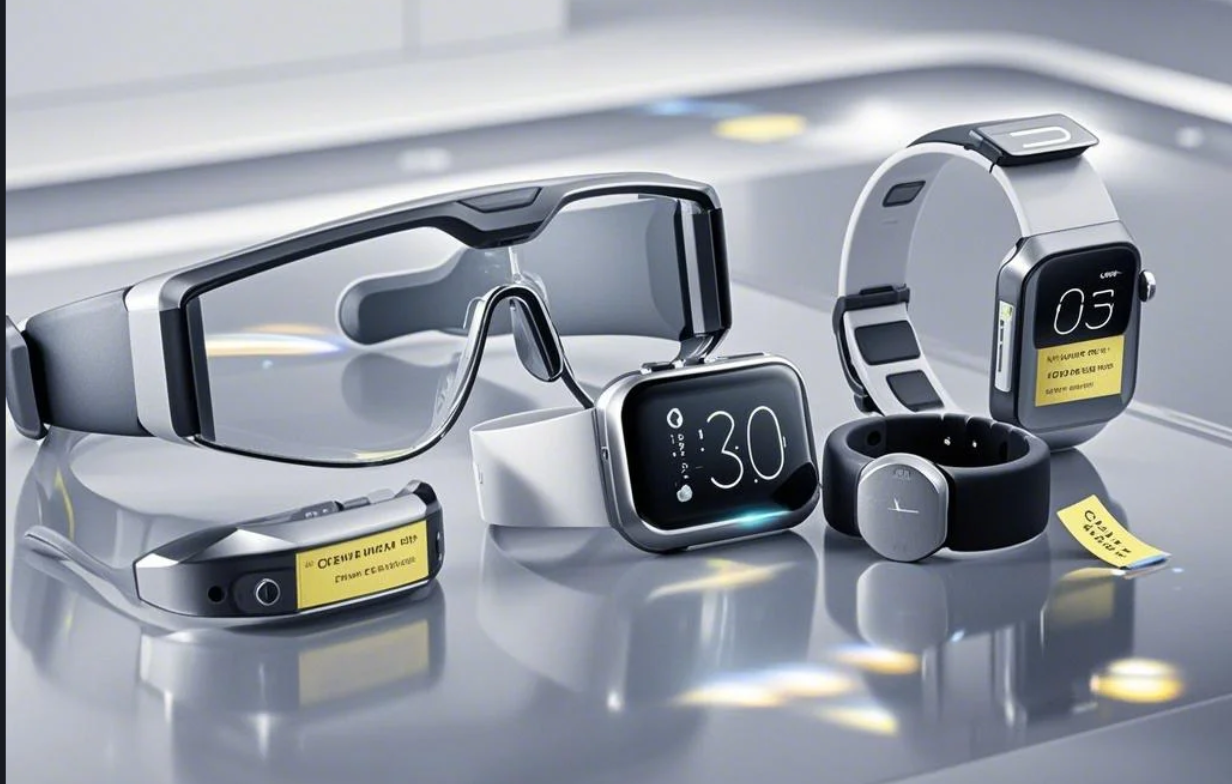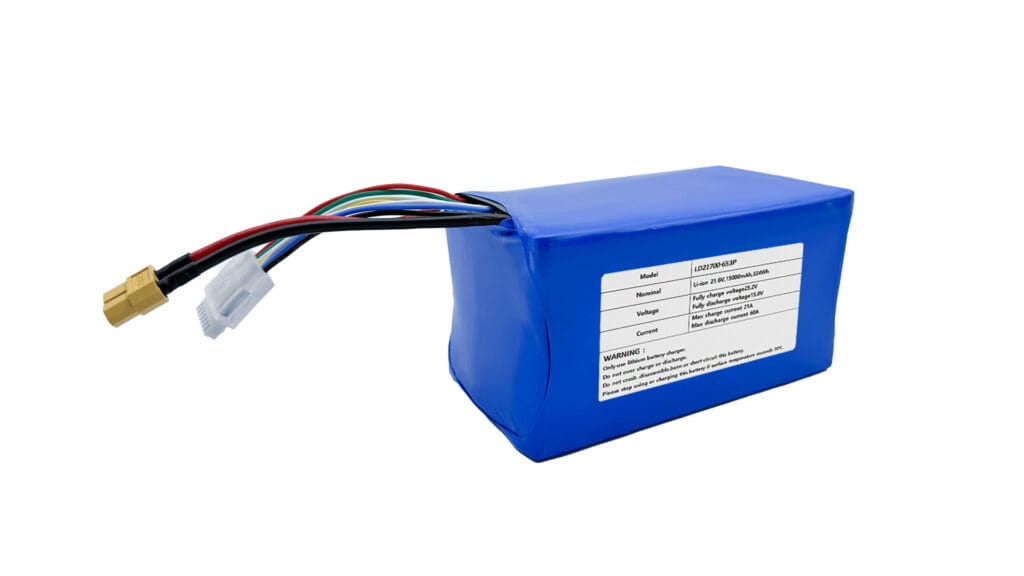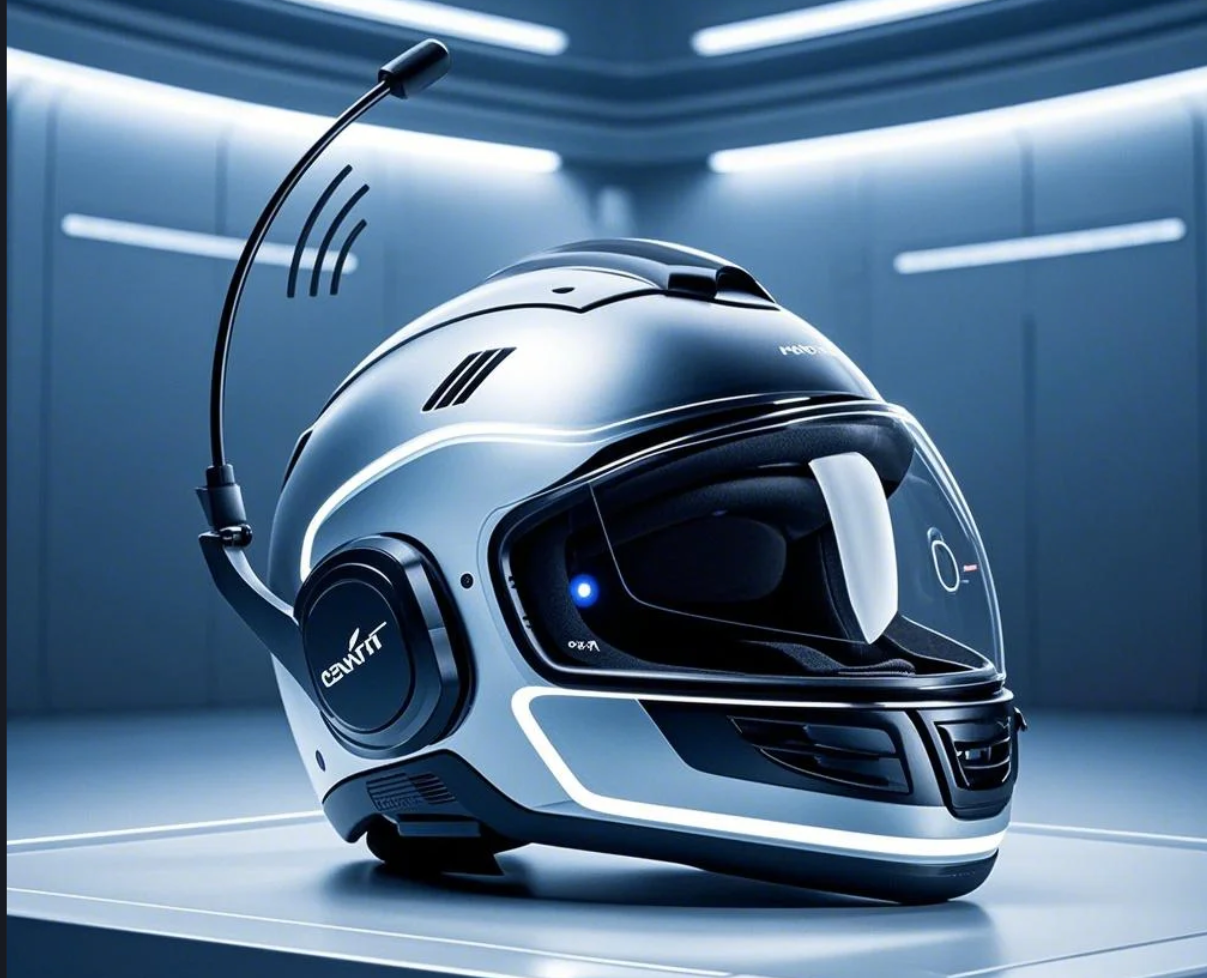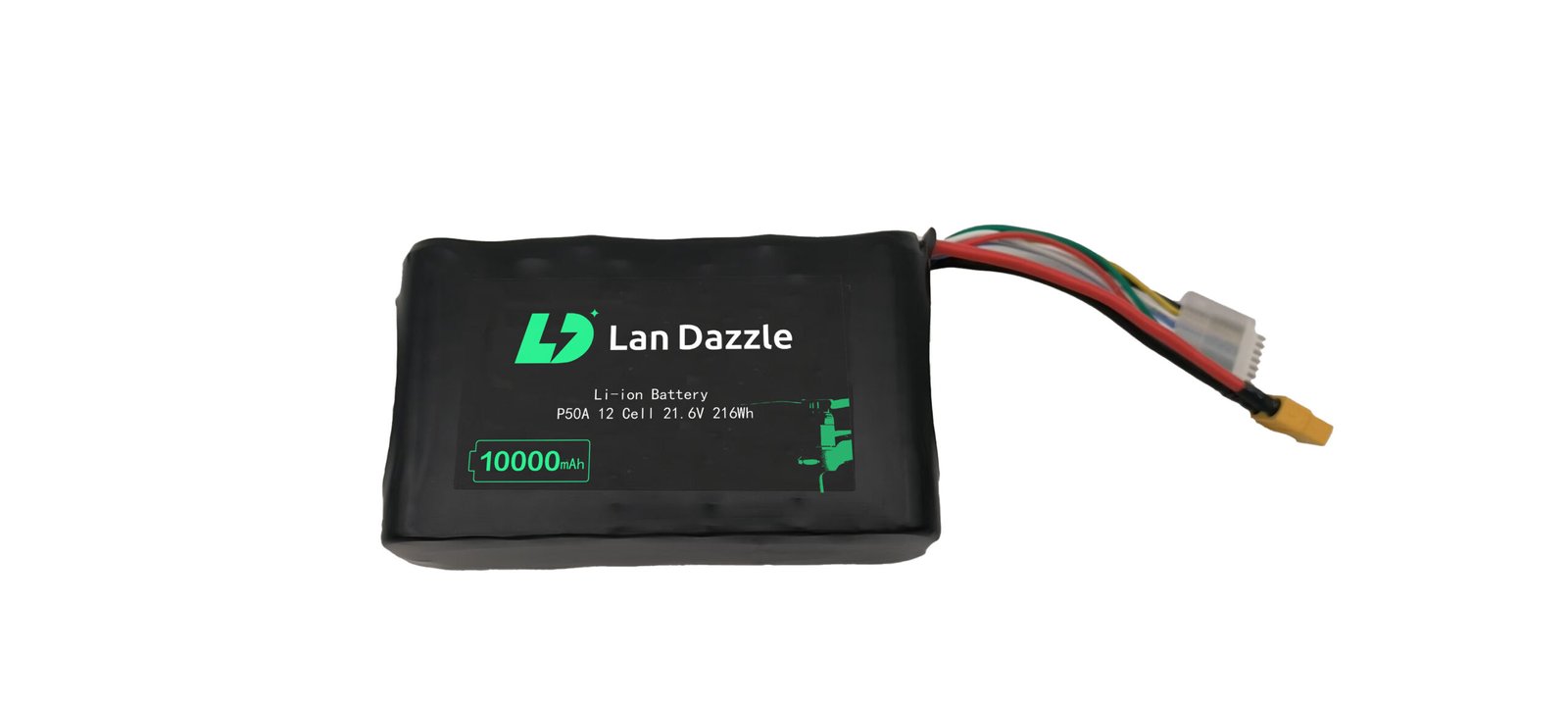Introduction: The Demand for Precision in Compact Electronics
In today’s fast-paced digital world, the drive toward miniaturization has sparked a revolutionary change in power storage. As devices such as smartwatches, IoT sensors, and medical implants demand a precision design that conforms to ultra-compact dimensions, traditional battery shapes are falling short. Manufacturers are now turning to ultra-thin batteries and custom-shaped batteries that blend seamlessly into intricate device architectures. This article explores how these innovations are reshaping the landscape of compact electronics.
Limitations of Traditional Batteries
Traditional battery designs, typically based on fixed, rectangular or prismatic shapes, impose significant restrictions on modern device design. These conventional energy storage solutions create unused gaps in devices that have irregular or curved interiors, ultimately limiting the potential for further miniaturization.
- Fixed Form Factors: The rigid geometries of standard batteries often result in wasted space within complex device layouts.
- Thickness Barriers: Even so-called “thin” Li-ion cells, usually ranging from 3 to 5 mm, can be too bulky for emerging ultra-compact applications.
- Design Rigidity: The inability of standard cells to conform to curved or asymmetrical surfaces forces designers into compromise.
These limitations are driving the demand for advanced battery solutions that can be precisely tailored to the needs of modern electronics.
The Power of Custom-Shaped Ultra-Thin Batteries
The rise of custom ultra-thin batteries has transformed the way designers and engineers approach energy storage. These batteries leverage breakthrough material science and advanced manufacturing processes to deliver solutions that are not only slim but also adaptable to a myriad of shapes—from elegant curves to intricate geometric patterns. By moving away from standard rectangular cells, manufacturers can now achieve a level of design precision that was previously unattainable.
Core Technological Innovations and Advantages
-
Advanced Material Engineering:
Innovations in lithium-polymer and solid-state chemistries have paved the way for batteries with rigid layers as thin as 0.2–0.5 mm. Researchers are also exploring additives like graphene to further boost conductivity and overall performance. These enhancements result in batteries that are both lightweight and exceptionally efficient. -
Precision Manufacturing Techniques:
Utilizing state-of-the-art laser cutting, water-jet machining, and additive manufacturing (3D printing), these batteries can be fabricated in a wide variety of shapes including L-shaped, circular, and even complex polygonal profiles. Advanced CAD modeling and simulation tools enable precise tailoring to the unique contours of modern devices, ensuring every millimeter is optimized for performance and space. -
High Energy Density and Safety:
Despite their ultra-thin profiles, these batteries achieve impressive energy densities (250–400 Wh/L), making them suitable for high-performance applications. Their rigid structure not only maximizes energy output but also provides enhanced safety by resisting deformation under stress, vibration, or impact—an essential feature for both wearable and medical devices. -
Space Optimization and Customization:
One of the most significant advantages is their ability to fit into non-traditional spaces. Whether integrated into the curved chassis of a smartwatch or nestled around the internal components of an IoT sensor, custom-shaped batteries ensure no wasted space. This flexibility allows device manufacturers to push the boundaries of miniaturization without compromising on battery life or performance.
Applications in Compact Electronics
The versatility of custom-shaped batteries is evident across various applications in the realm of compact electronics:
The versatility of custom ultra-thin batteries is evident in their broad range of applications, which span across several cutting-edge sectors in compact electronics. Their adaptability and high-performance characteristics make them a key enabler of next-generation devices.
Wearables
-
Smartwatches and Smart Rings:
Innovative designs now incorporate ring-shaped or contoured batteries that wrap around the display or band, significantly reducing device thickness. This design allows for more ergonomic wear while ensuring the device maintains a long-lasting power supply. The integration of these batteries also permits additional features like biometric sensors, without compromising on battery life. -
Fitness Trackers and Smart Glasses:
Ultra-thin batteries can be seamlessly embedded into the narrow bands of fitness trackers or the frames of smart glasses. This results in a discreet, lightweight power source that complements the modern aesthetic of wearable technology while delivering reliable performance even during extended use. -
Hearing Aids:
With custom-cut cells that conform precisely to the unique curves of the device, hearing aids benefit from both improved comfort and longer operational periods. The efficient use of space ensures that the devices remain compact, providing a better user experience without the bulk of traditional battery designs.
Medical Devices
-
Implantable Devices:
In medical technology, the need for power sources that are both compact and reliable is critical. Ultra-thin batteries, designed to fit within the confined spaces of pacemakers, neurostimulators, and implantable defibrillators, offer not only enhanced energy performance but also improved biocompatibility and safety. Their custom shapes allow for seamless integration into devices that must conform to strict anatomical constraints. -
Portable Diagnostic Tools:
Devices such as portable glucose monitors, wearable ECG sensors, and other diagnostic instruments can greatly benefit from credit card-thin batteries. These batteries reduce the overall device footprint, enabling more discreet and comfortable designs while maintaining high energy output and extended operation times.
IoT & Consumer Electronics
-
Wireless Earbuds and Miniature Drones:
In the realm of consumer electronics, space is at a premium. Ultra-thin, custom-shaped batteries enable the development of wireless earbuds with compact charging cases that are both aesthetically pleasing and functionally robust. Similarly, miniature drones benefit from batteries molded around their flight controllers and other critical components, reducing weight and enhancing maneuverability. -
Smart Home Devices and Sensors:
The Internet of Things (IoT) continues to drive demand for compact, efficient power sources. Custom-shaped batteries can be integrated into a wide variety of smart home devices—from security sensors to smart thermostats—ensuring reliable performance while maintaining sleek and unobtrusive designs. -
Laptops and Tablets:
Although traditionally powered by larger battery cells, emerging portable devices now incorporate ultra-thin batteries to achieve slimmer profiles and lighter weights. This innovation allows for more versatile device designs that can meet the demands of modern mobile computing without sacrificing battery longevity.
Overcoming Challenges with Custom Designs
Despite the remarkable advantages, integrating custom battery designs presents several challenges:
Complex Integration
- Challenge: Fitting a battery into a non-uniform space requires close collaboration between battery manufacturers and device engineers.
- Solution: Co-design partnerships ensure that battery dimensions and device architecture evolve in tandem.
Cost Efficiency
- Challenge: Producing small batches of bespoke batteries can be cost-prohibitive.
- Solution: Modular designs and scalable production techniques help reduce costs while maintaining quality.
Thermal Management
- Challenge: Managing heat in ultra-thin profiles is critical to maintain performance and safety.
- Solution: Integrating micro-scale heat sinks within battery packaging and employing advanced thermal simulation tools address these concerns.
These challenges are being actively addressed by ongoing research in innovative battery technology, ensuring that the benefits of ultra-thin, custom-shaped batteries far outweigh the hurdles.
Lan Dazzle’s Custom Ultra-Thin Battery Solutions
Looking to transform your device design with the most advanced custom ultra-thin battery technology? Lan Dazzle offers state-of-the-art, precision-engineered battery solutions that redefine what’s possible in compact electronics. Our batteries are specifically tailored to meet the unique demands of modern wearables, medical implants, IoT devices, and consumer electronics.
Key Advantages of Lan Dazzle’s Solutions:
- Bespoke Designs: Our expert team collaborates closely with your engineering team to develop battery shapes that perfectly conform to your device’s architecture, ensuring no wasted space.
- Advanced Manufacturing: Utilizing cutting-edge techniques such as laser cutting and 3D CAD modeling, our batteries maintain high energy densities (up to 400 Wh/L) while being incredibly thin and durable.
- Enhanced Safety & Reliability: Designed for rigorous testing, Lan Dazzle’s batteries are built to withstand the challenges of real-world use—from vibrations to thermal fluctuations.
- Scalability: Whether you need a small batch for a prototype or mass production for a new product line, our modular production process delivers efficiency and quality every time.
Discover how Lan Dazzle’s custom ultra-thin batteries can empower your next-generation device. Visit Lan Dazzle Custom Ultra-Thin Batteries for more details and to get started on elevating your product design today.
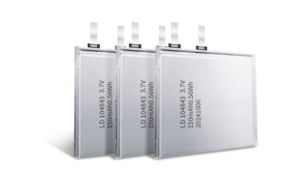
Future Trends
Looking ahead, the evolution of ultra-thin batteries is poised to accelerate with several exciting trends:
AI-Driven Customization
Artificial intelligence is being harnessed to optimize battery shapes for maximal space utilization, ensuring that every millimeter counts in the design of compact electronics.
Sustainable Materials
Researchers are exploring recyclable and environmentally friendly materials, such as cellulose-based substrates, to manufacture innovative battery solutions that align with global sustainability goals.
Hybrid Systems
The integration of rigid ultra-thin batteries with flexible energy harvesters promises to create hybrid power systems that offer both high performance and adaptability in dynamic environments.
